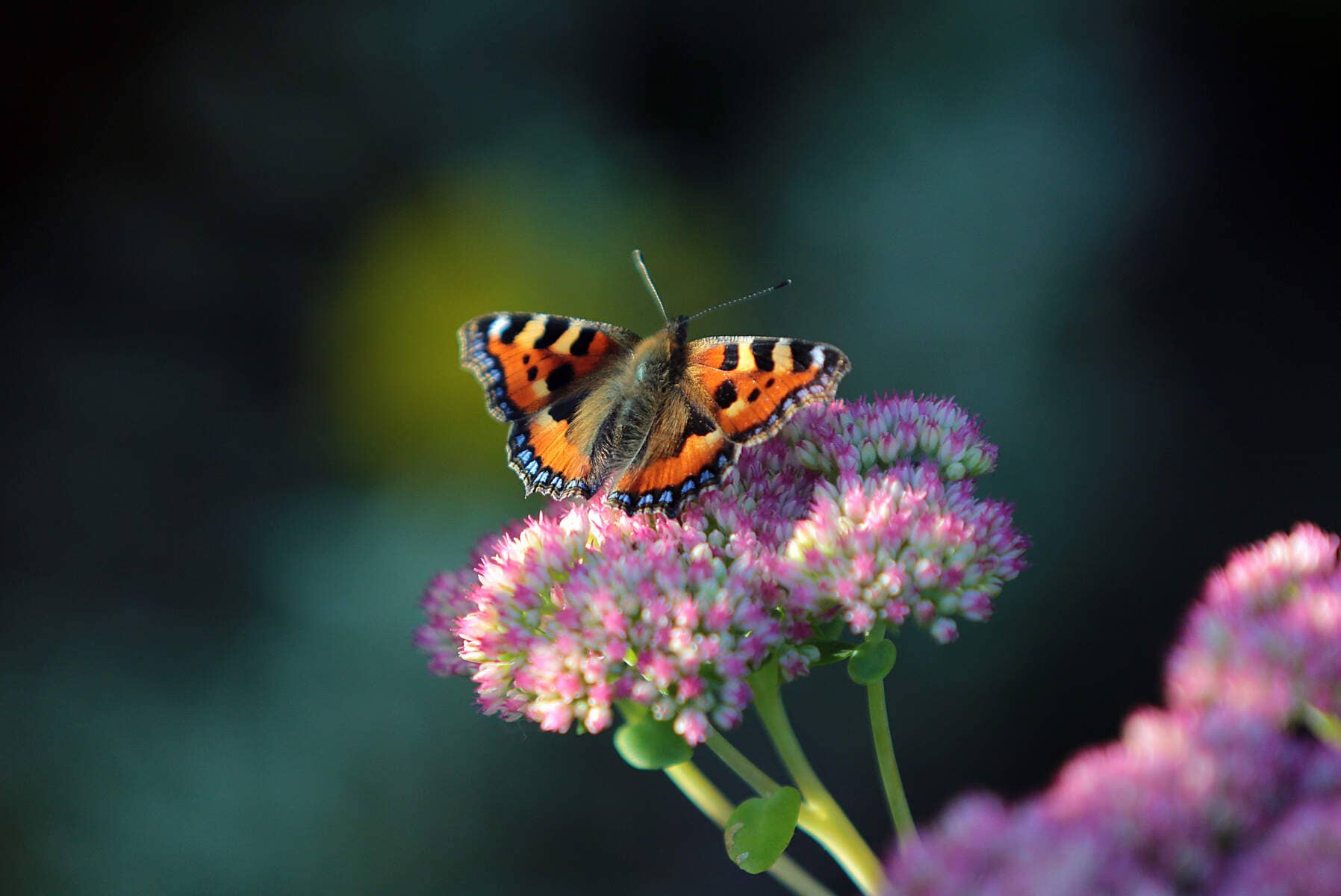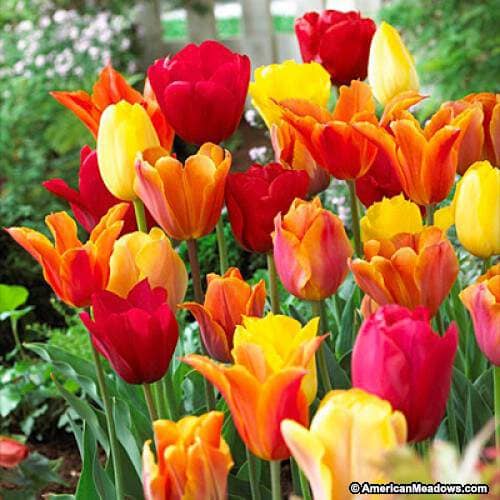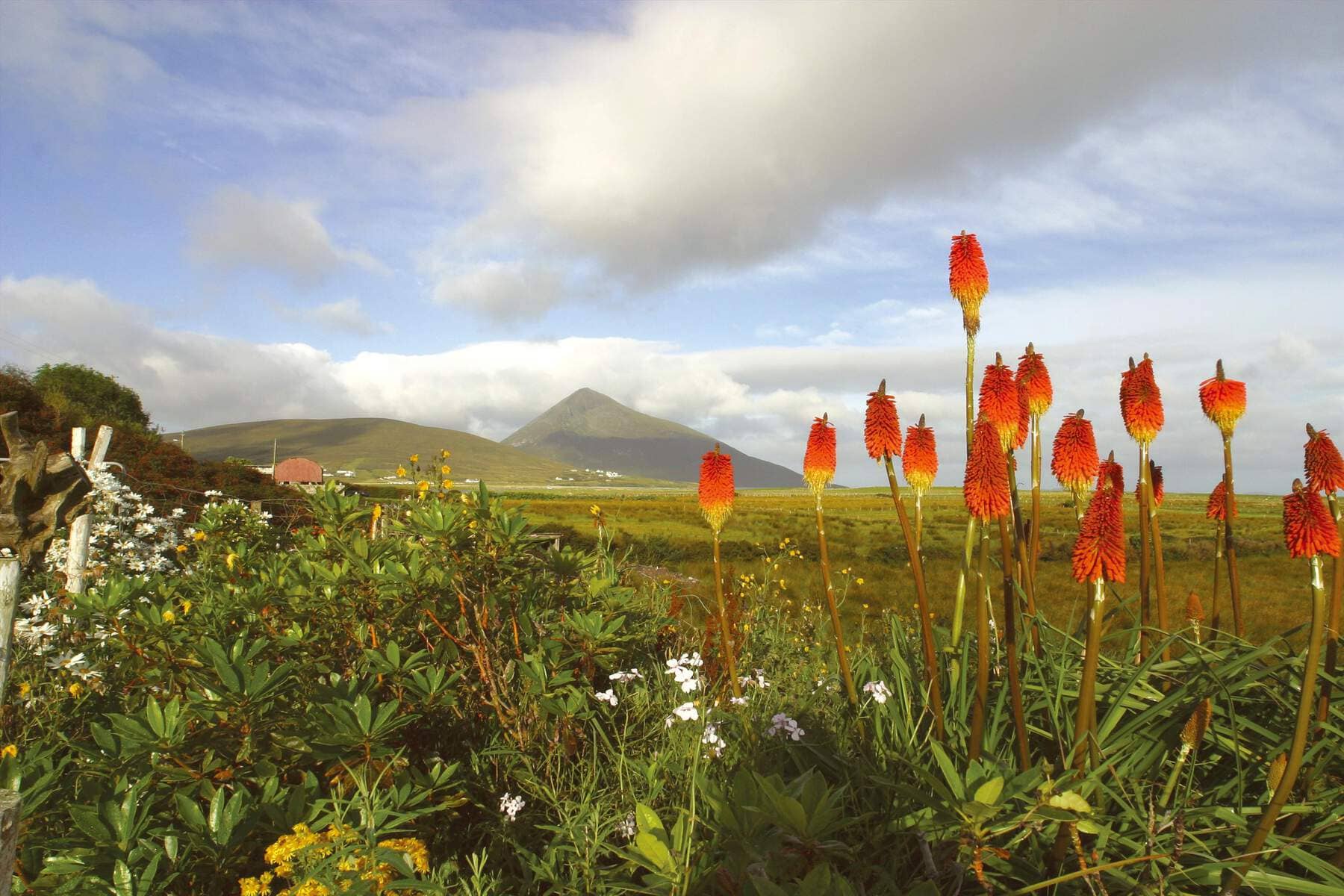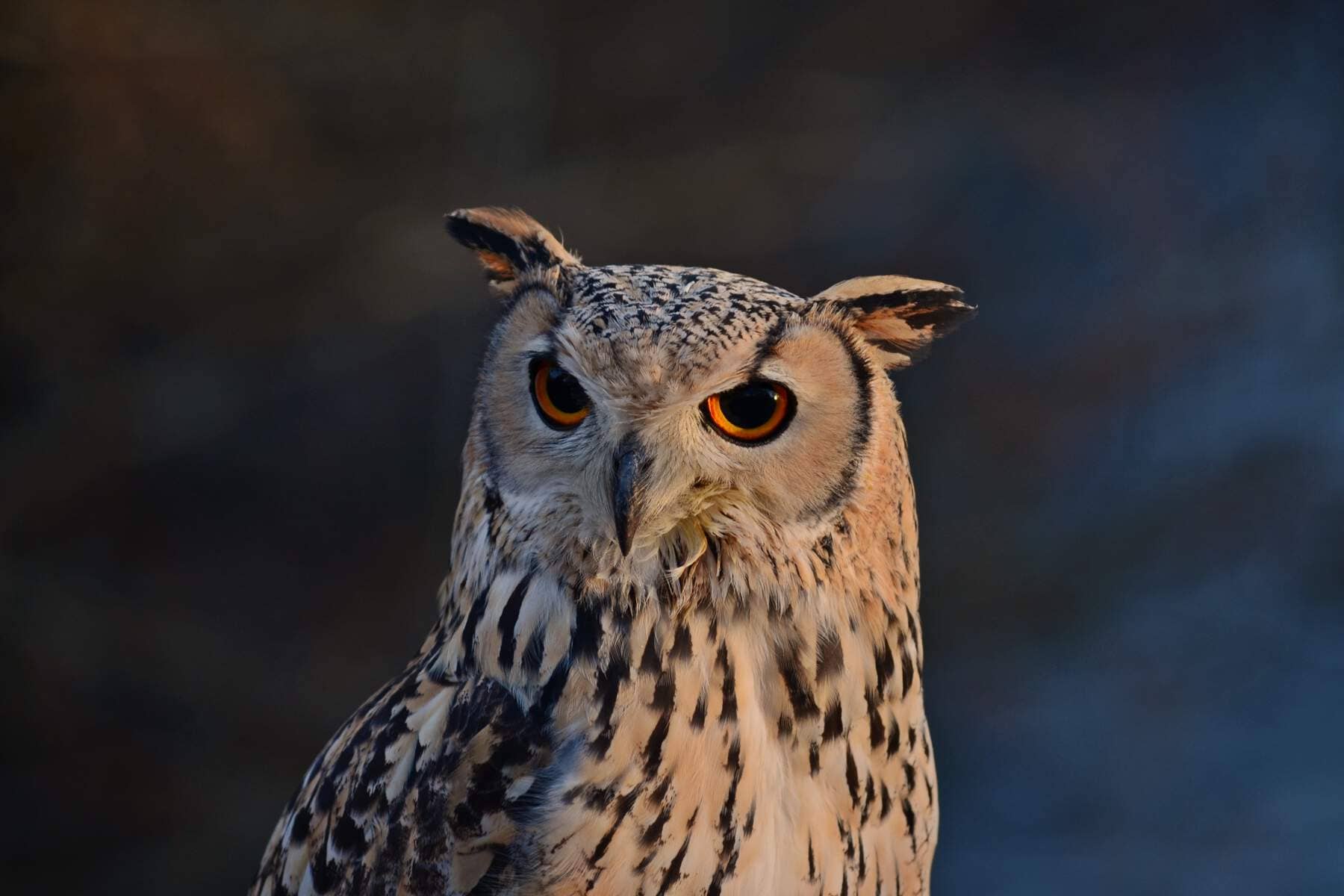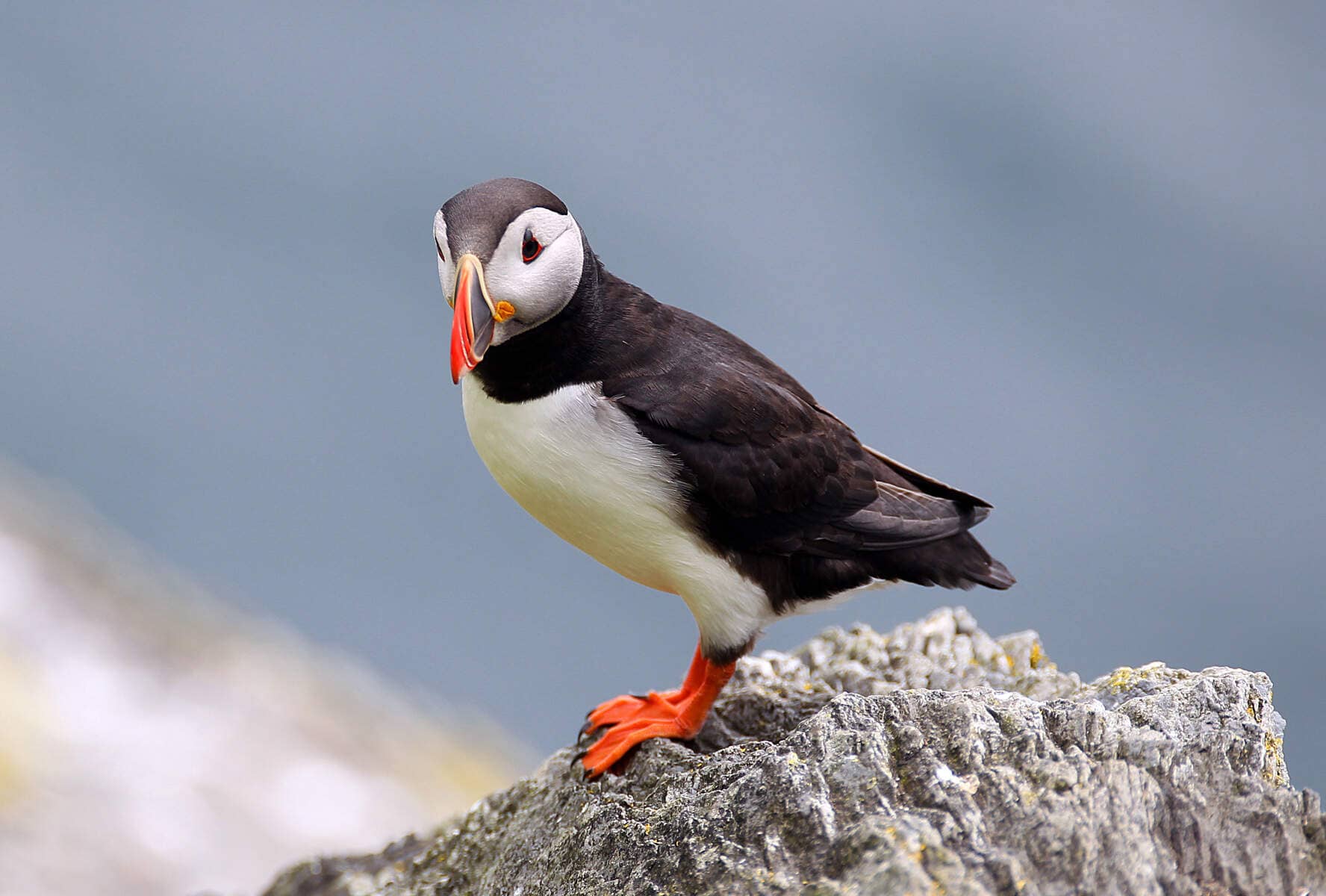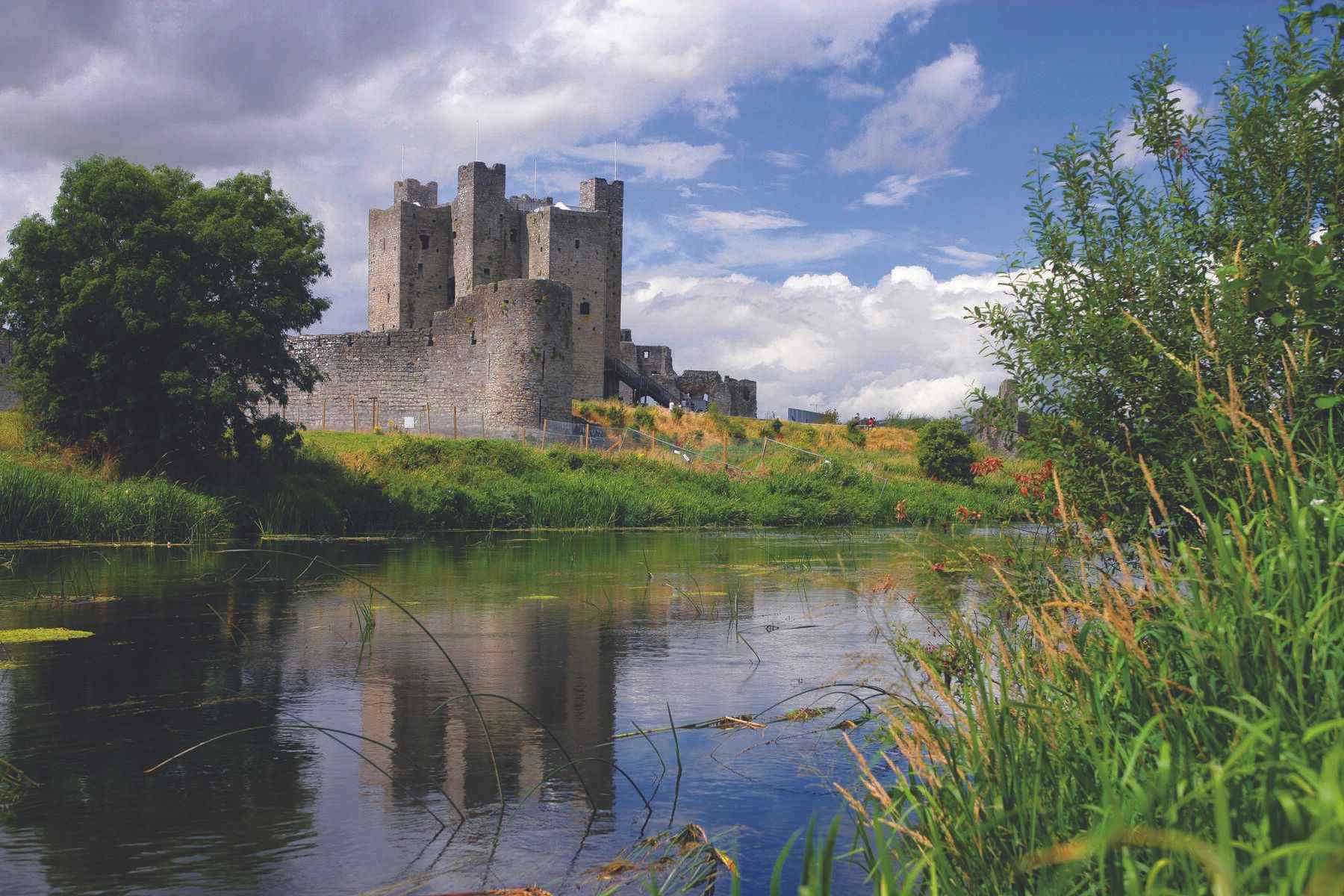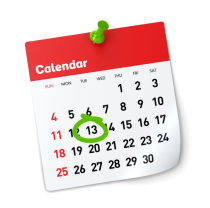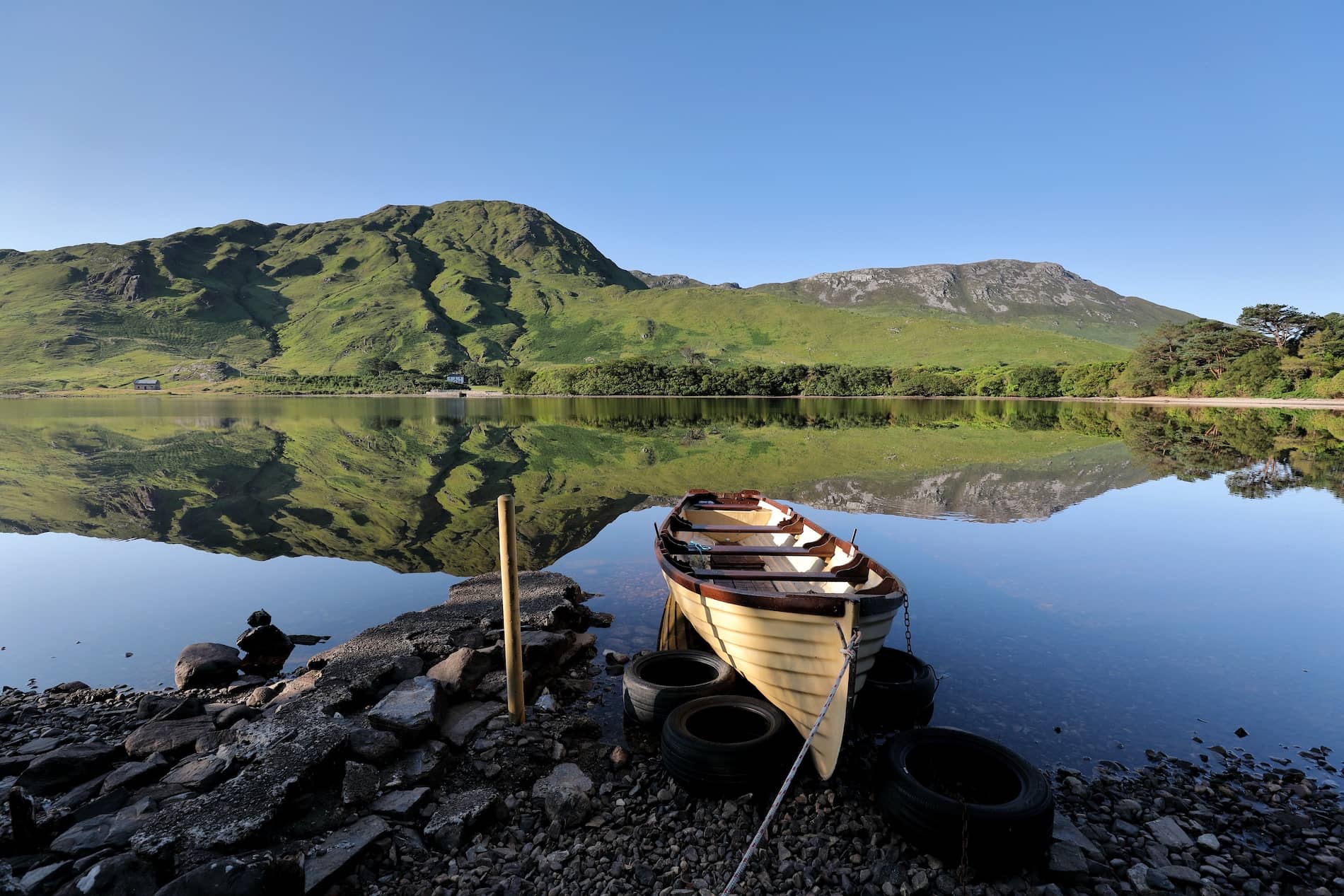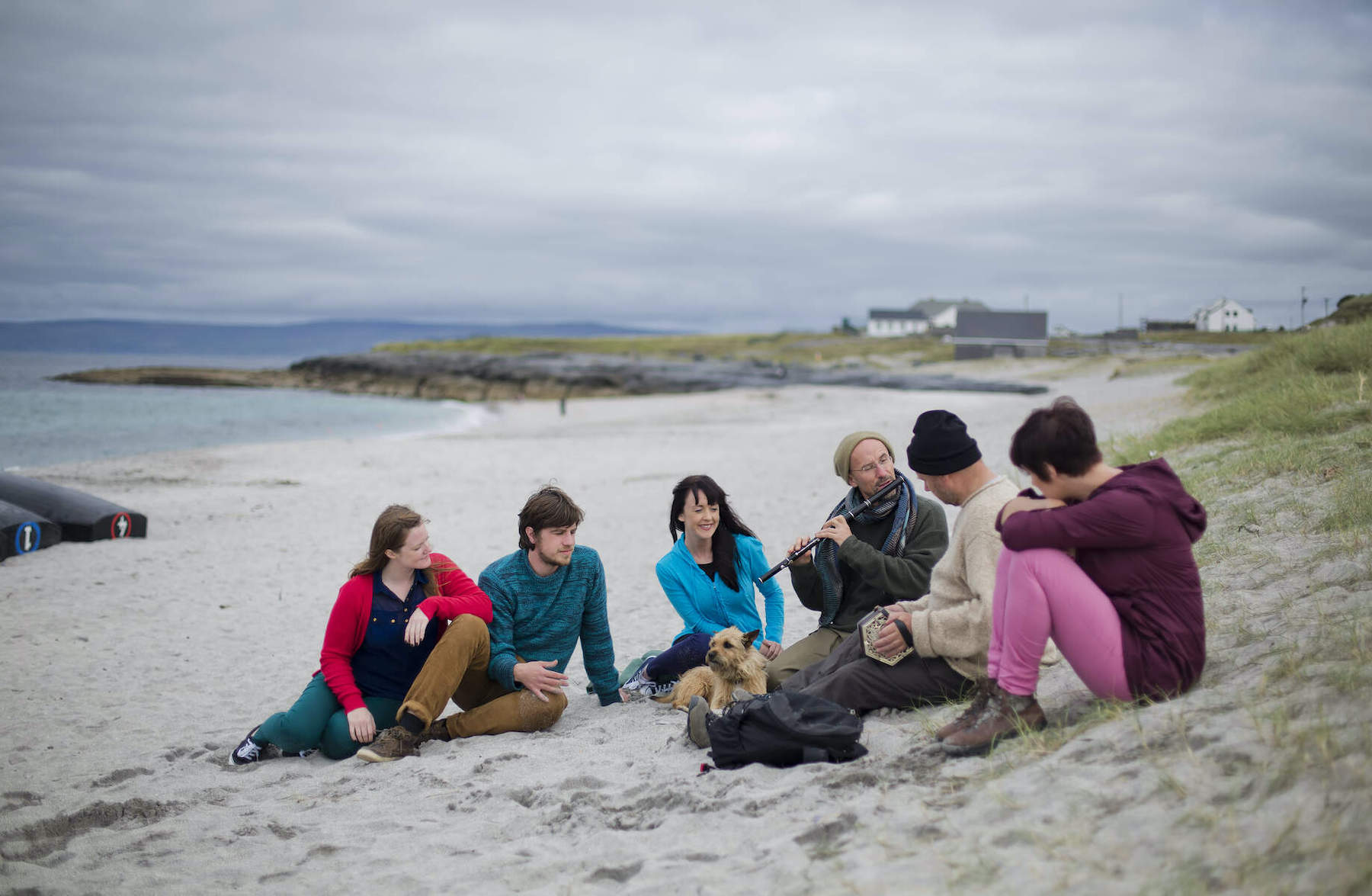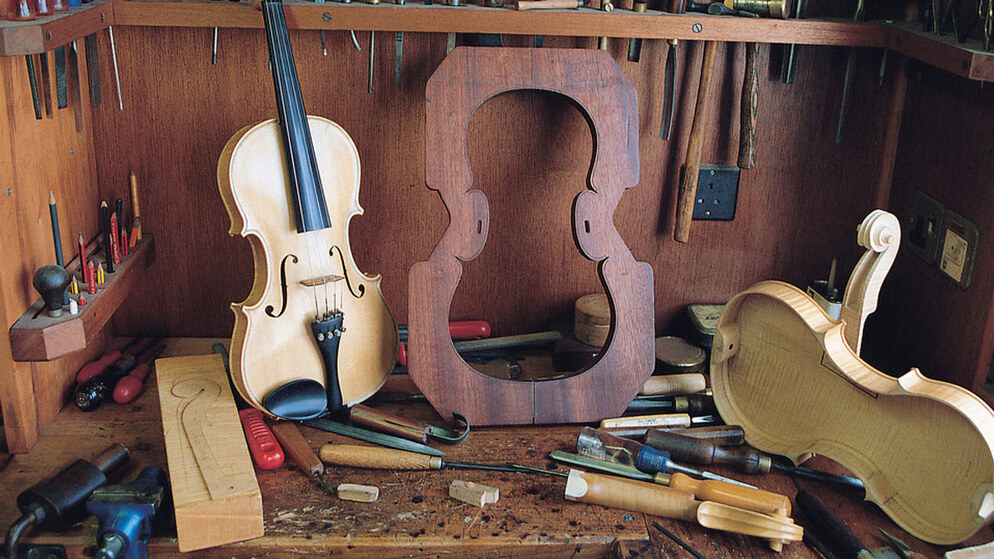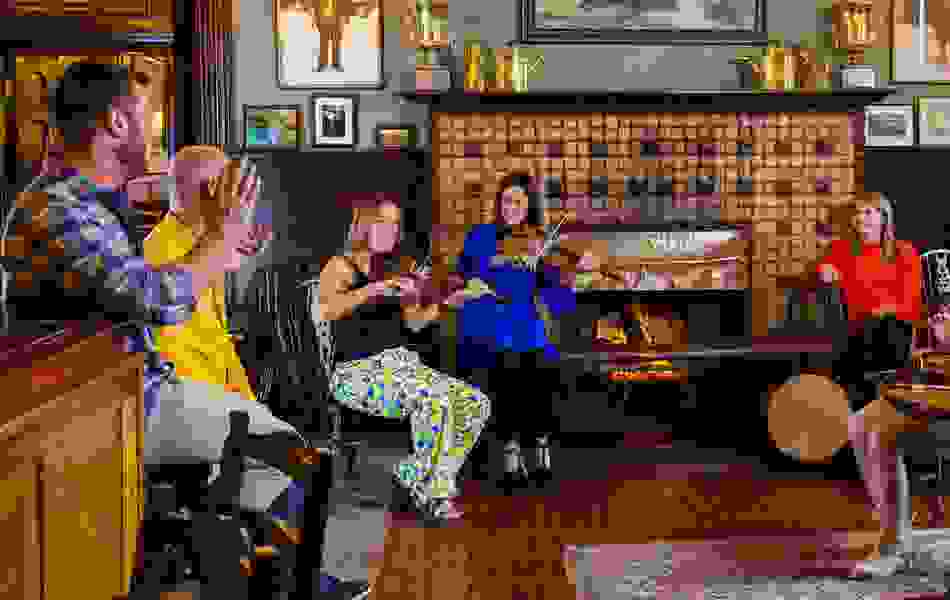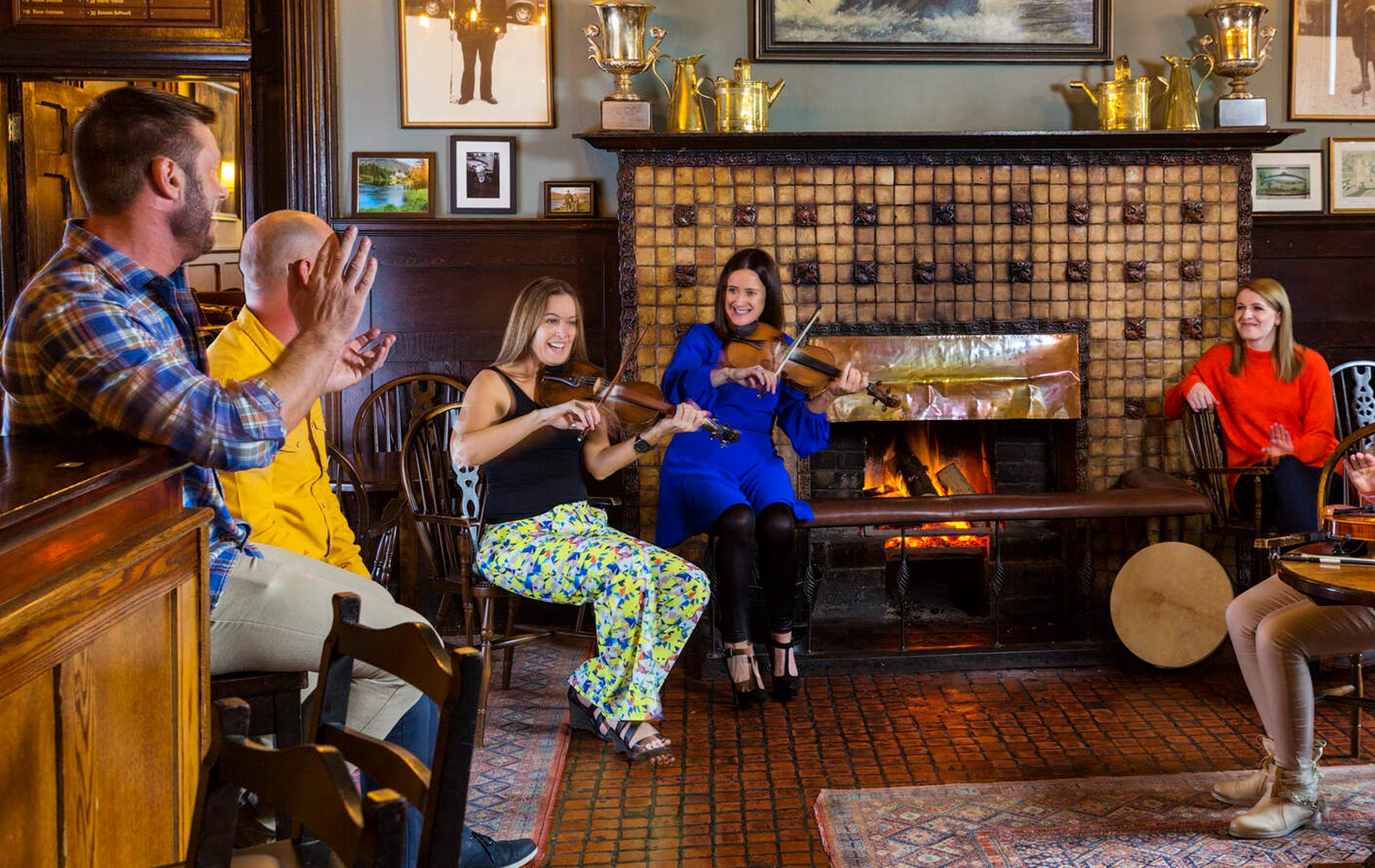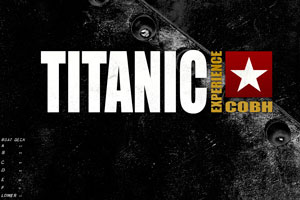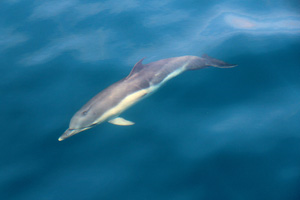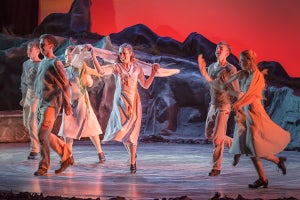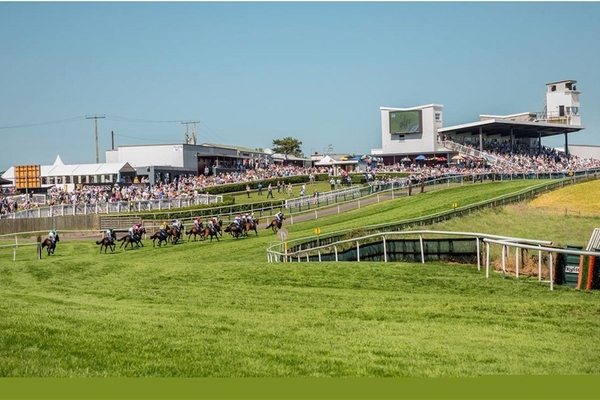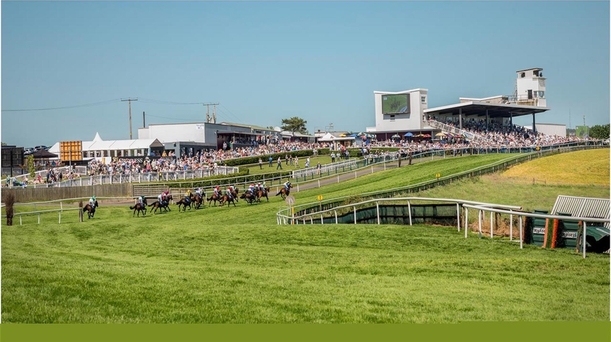The sea, the sea
As Ireland is an island, it’s no surprise that our culture is deeply connected to the sea. From the literature of the Blasket Islands to the famous Aran sweater (created to keep fishermen warm), the sea has shaped lives, moulded myths and sculpted over 3,000km of coastline.
Journeys across seas and oceans have always been a part of life here and a good place to get an insight into this history is at the Cobh Heritage Centre in County Cork, where you can learn about everything from transportations to the British colonies in the 18th century to the departure of Titanic in the 20th. In Belfast, walk the Maritime Mile to discover the stories behind the city’s fascinating maritime past.
Did sea define the land or land the sea? Each drew new meaning from the waves' collision. Sea broke on land to full identity.
Seamus Heaney, Lovers on Aran
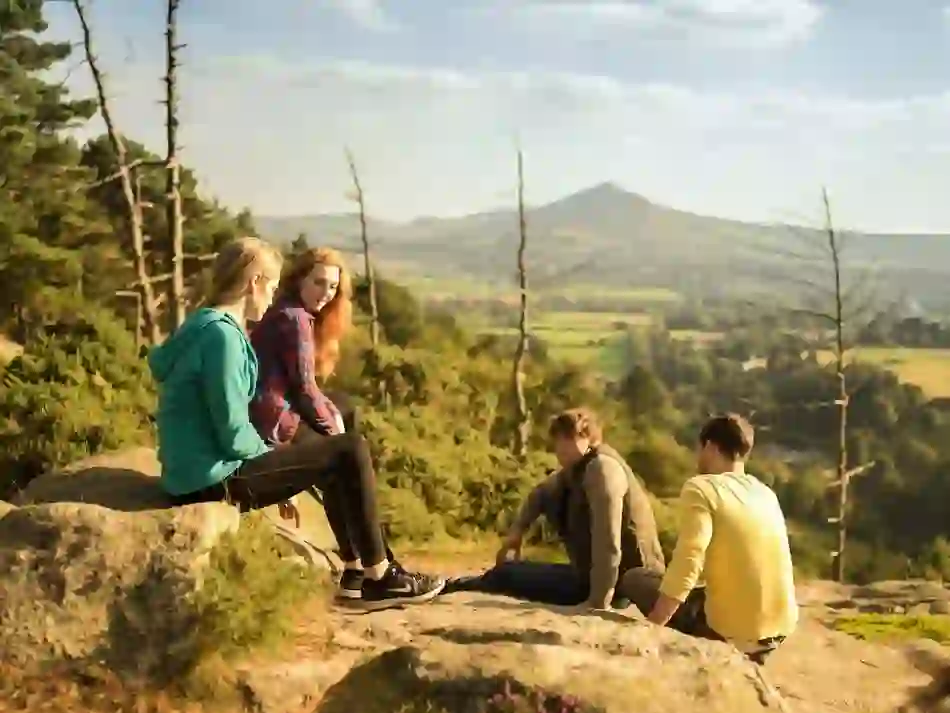
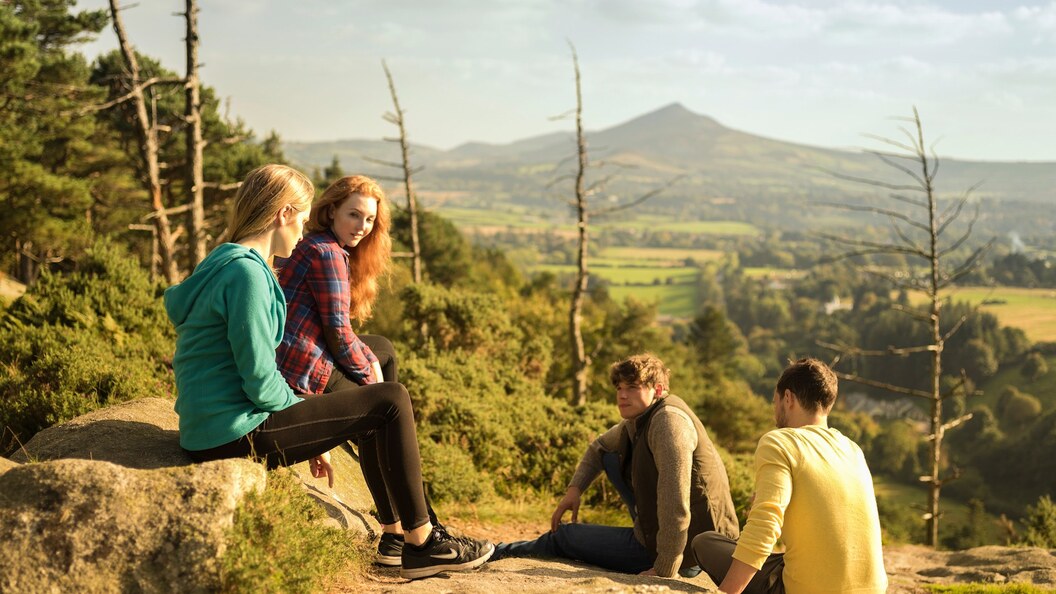
Dublin Mountains
Languages of Ireland
Hello! Howaya! Dia duit! Whit aboot ye? Here's all you need to know about Ireland's languages.
Keepers of tradition
Ireland’s coastal communities play a huge part in keeping the Irish language alive. Visit Achill Island in County Mayo, Connemara in County Galway, or the western parts of the Dingle Peninsula in County Kerry and you’ll hear locals speaking Irish.
Further north in County Antrim and along the Ards Peninsula in County Down, the same is true for speakers of Ulster-Scots (Ullans), whose vibrant music and dance traditions keep the culture alive.
What to look out for
Established in 1929, the International North West 200 is now one of the fastest motorsports courses in the world and is the largest sporting event in Northern Ireland.
Music in Ireland
L-R: Johnny Keenan Banjo Festival, County Longford; Belfast Hidden Tours; musician at the Rostrevor Inn, County Down; uilleann pipes

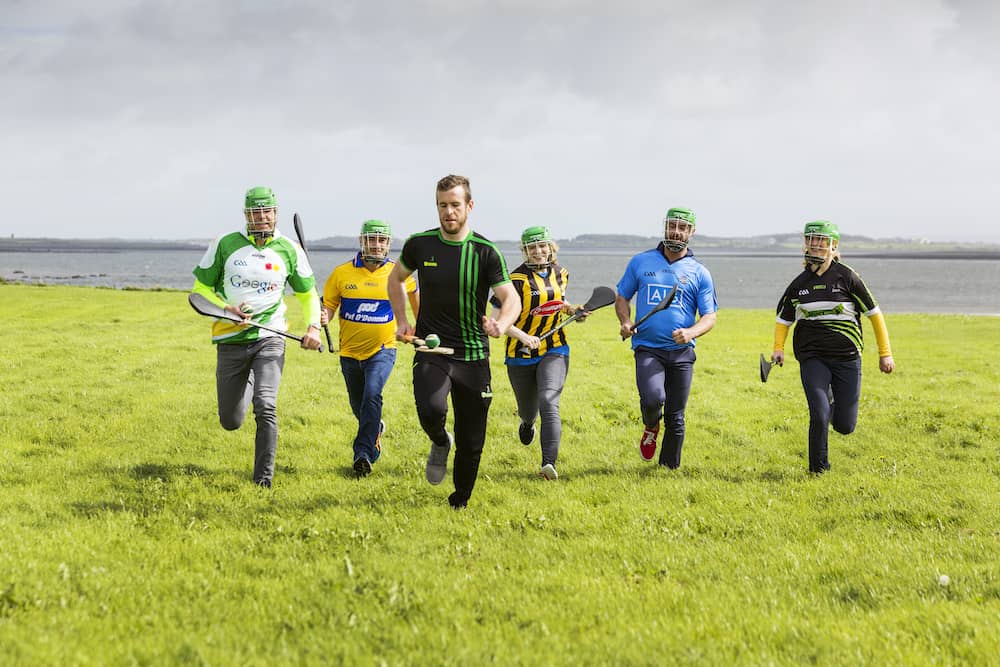
Hurling lesson, County Galway







